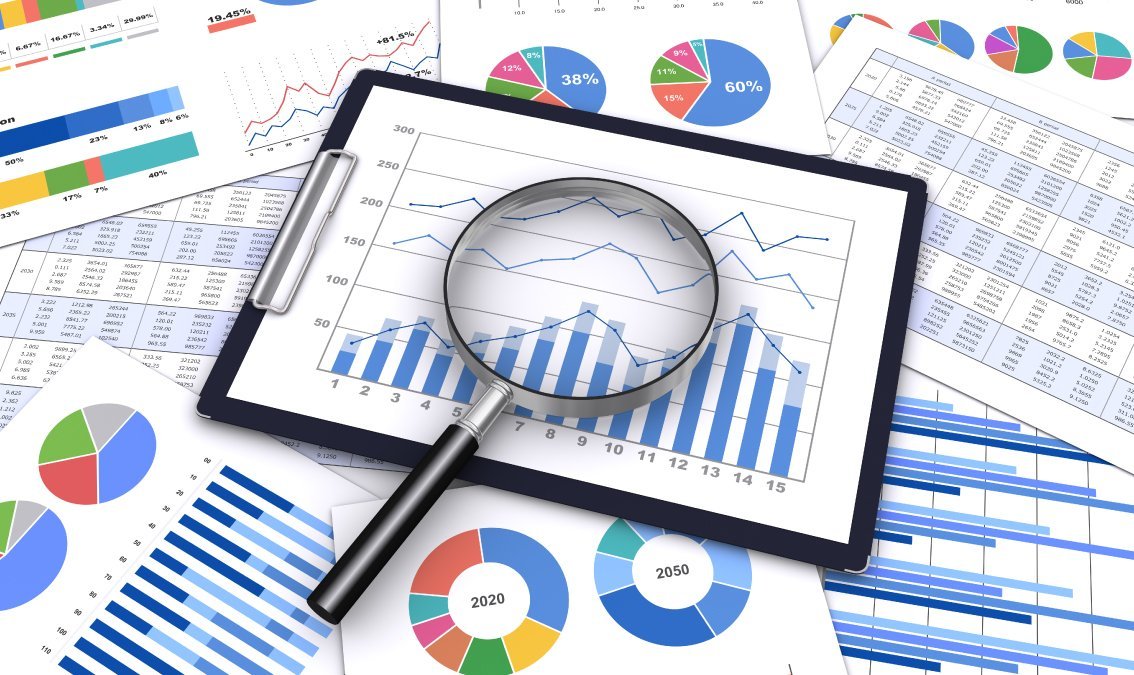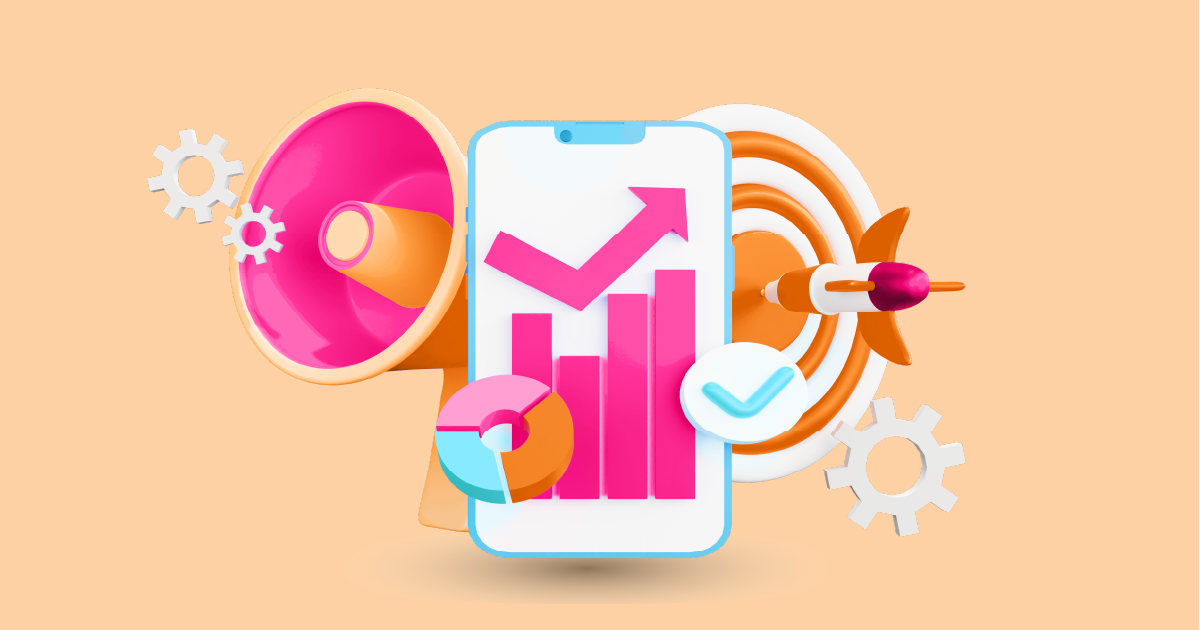In the ever-evolving realm of digital marketing, the significance of understanding and leveraging social media data cannot be overstated. Social media analytics platforms play a pivotal role in helping businesses decode the complexities of online interactions, providing invaluable insights for strategic decision-making. This article delves into social media analytics platform, exploring their features, benefits, challenges, and future trends.
Key Features of Social Media Analytics Platform

A. Real-Time Monitoring
One of the core features is real-time monitoring, enabling businesses to stay abreast of ongoing conversations, trends, and mentions. This immediate insight is crucial for timely responses and crisis management.
B. Sentiment Analysis
Sentiment analysis tools decipher the emotional tone behind social media mentions. Understanding sentiment helps businesses gauge public perception and tailor their messaging accordingly.
C. Audience Insights
Social media analytics platforms provide detailed audience demographics, helping businesses understand their target market better and tailor content to resonate with specific audience segments.
D. Competitor Analysis
By monitoring competitors’ social media activities, businesses can identify gaps, capitalize on trends, and fine-tune their strategies for a competitive edge.
Benefits for Businesses
A. Improved Decision-Making
Data-driven insights from social media analytics platforms empower businesses to make informed decisions, steering away from guesswork and aligning strategies with real-time trends.
B. Enhanced Customer Engagement
Understanding audience preferences allows businesses to create resonant content, leading to increased engagement and stronger connections with customers.
C. Campaign Effectiveness
Measuring the performance of marketing campaigns on social media provides valuable feedback, enabling businesses to optimize strategies for maximum impact.
D. ROI Measurement
Social media analytics platforms offer metrics to measure return on investment, providing a clear picture of the monetary value derived from digital marketing efforts.
Popular Social Media Analytics Platforms
A. Google Analytics
Known for its comprehensive web analytics, Google Analytics extends its reach to social media, offering insights into user behavior, demographics, and conversion tracking.
B. Hootsuite
Hootsuite is a versatile platform that allows users to manage multiple social media accounts, schedule posts, and track analytics from a centralized dashboard.
C. AIM Insights
AIM Insights provides a unified platform for social media management, analytics, and customer engagement. Its intuitive interface caters to businesses of all sizes.
D. Mention
Specializing in social listening, Mention enables businesses to monitor brand mentions across various online platforms, facilitating proactive engagement.
How to Choose the Right Social Media Analytics Platform
A. Define Your Goals
Clearly outline your business objectives and what you aim to achieve with social media analytics. Different platforms offer distinct features, so aligning them with your goals is crucial.
B. Consider Your Budget
While some platforms offer free versions, others come with subscription fees. Consider your budget constraints and opt for a platform that aligns with your financial capacity.
C. User-Friendly Interface
A user-friendly interface ensures easy navigation and efficient use of features. Choose a platform that aligns with your team’s expertise to maximize its potential.
D. Integration Capabilities
Look for platforms that seamlessly integrate with other tools and software your business uses. This ensures a cohesive approach to data management and analysis.
Trends in Social Media Analytics
A. Artificial Intelligence Integration
The integration of artificial intelligence in social media analytics enhances data interpretation, providing more nuanced insights and predictive analytics.
B. Privacy Concerns
With increased awareness about data privacy, social media analytics platforms are adapting to stricter regulations, ensuring user data protection.
C. Video Content Analytics
The rise of video content on social media demands analytics tools that can dissect video performance, offering metrics beyond traditional text-based content.
D. Cross-Channel Analysis
Businesses are increasingly looking for analytics platforms that can provide insights across multiple social media channels, allowing for a holistic approach to digital strategy.
Challenges
A. Data Security
The collection and storage of vast amounts of data pose challenges related to security. Businesses must prioritize secure practices to safeguard sensitive information.
B. Interpretation of Complex Data
Interpreting intricate data sets can be daunting. Businesses need to invest in training or consult with experts to derive meaningful insights.
C. Keeping Up with Algorithm Changes
Social media platforms frequently update algorithms, impacting analytics metrics. Staying informed about these changes is crucial for accurate analysis.
D. Integration with Other Tools
Ensuring seamless integration with other business tools is a common challenge. Businesses must prioritize platforms that facilitate a smooth workflow.
Tips for Maximizing the Benefits
A. Regularly Update Strategies
Social media trends evolve, and so should your strategies. Regularly update your approach based on analytics insights and emerging trends.
B. Utilize Advanced Features
Explore advanced features offered by analytics platforms. Delve into custom reports, AI-driven insights, and other tools that can elevate your analytics game.
C. Stay Informed About Platform Updates
Social media platforms and analytics tools undergo regular updates. Stay informed to take advantage of new features and improvements.
D. Collaborate with Marketing Teams
Effective collaboration between analytics and marketing teams is crucial. Align strategies and share insights for a comprehensive and coordinated approach.
Future Trends
A. Emerging Technologies
Explore the potential impact of emerging technologies like augmented reality, virtual reality, and blockchain on the future of social media analytics.
B. Predictive Analytics
The integration of predictive analytics allows businesses to anticipate trends and user behavior, enabling proactive decision-making.
C. Evolving User Behavior
As social media platforms evolve, so does user behavior. Understanding these shifts is vital for crafting relevant and engaging content.
D. Global Expansion
Social media analytics is not confined to specific regions. Platforms are expanding globally, offering businesses insights into diverse markets and cultures.
Common Misconceptions
A. Analytics Are Only for Big Businesses
They are dispelling the myth that social media analytics are exclusive to large enterprises. Even small businesses can benefit from actionable insights.
B. Social Media Analytics is Complicated
Simplifying the perception that social media analytics is overly complex. With user-friendly platforms, analytics is accessible to businesses of all sizes.
C. It’s Only About Numbers
Highlighting the misconception that analytics is solely about numbers. It’s equally about understanding user sentiment, preferences, and behavior.
D. Analytics Can’t Improve Content Quality
Addressing the belief that analytics only measure performance but don’t contribute to enhancing the quality of content. Analytics insights can guide content creation for better engagement.
Success Metrics to Track
A. Engagement Rate
Measuring the level of audience interaction with your content, indicating the effectiveness of your messaging and relevance to your audience.
B. Conversion Rate
Analyzing the percentage of users who take a desired action, such as making a purchase or filling out a form, showcases your campaign’s success.
C. Click-Through Rate
Evaluate the effectiveness of your call-to-action by measuring the percentage of users who click on a link, indicating interest and engagement.
D. Brand Sentiment
Tracking the overall sentiment surrounding your brand, providing insights into public perception, and helping refine communication strategies.
Conclusion
Summarize the key takeaways, emphasizing the transformative power of social media analytics in shaping successful digital strategies.
Reiterate the crucial role social media analytics plays in staying competitive, understanding audiences, and driving business growth.
Encourage businesses of all sizes to adopt social media analytics platforms, emphasizing their adaptability and scalability for sustainable growth.
Ready to Transform Your Business with Social Media Analytics? Request a Demo from AIM Technologies today and unlock the power of data-driven decision-making!
FAQs
A. How do social media analytics platforms benefit small businesses?
- Social media analytics platforms offer small businesses insights into audience behavior, helping tailor strategies for maximum impact on a budget.
B. Are there free social media analytics tools available?
- Several platforms offer free versions with basic analytics features, making them accessible for businesses with budget constraints.
C. Can analytics improve social media content quality?
- Absolutely. Analytics provide insights into what resonates with your audience, helping refine content strategies for better engagement and quality.
D. How often should businesses analyze their social media data?
- Regular analysis is key. Depending on the business’s activity, weekly or monthly reviews ensure timely adjustments to strategies and content.
E. Are there any social media analytics platforms specifically for e-commerce?
- Yes, some analytics platforms cater specifically to e-commerce, offering metrics tailored to online retail businesses.




